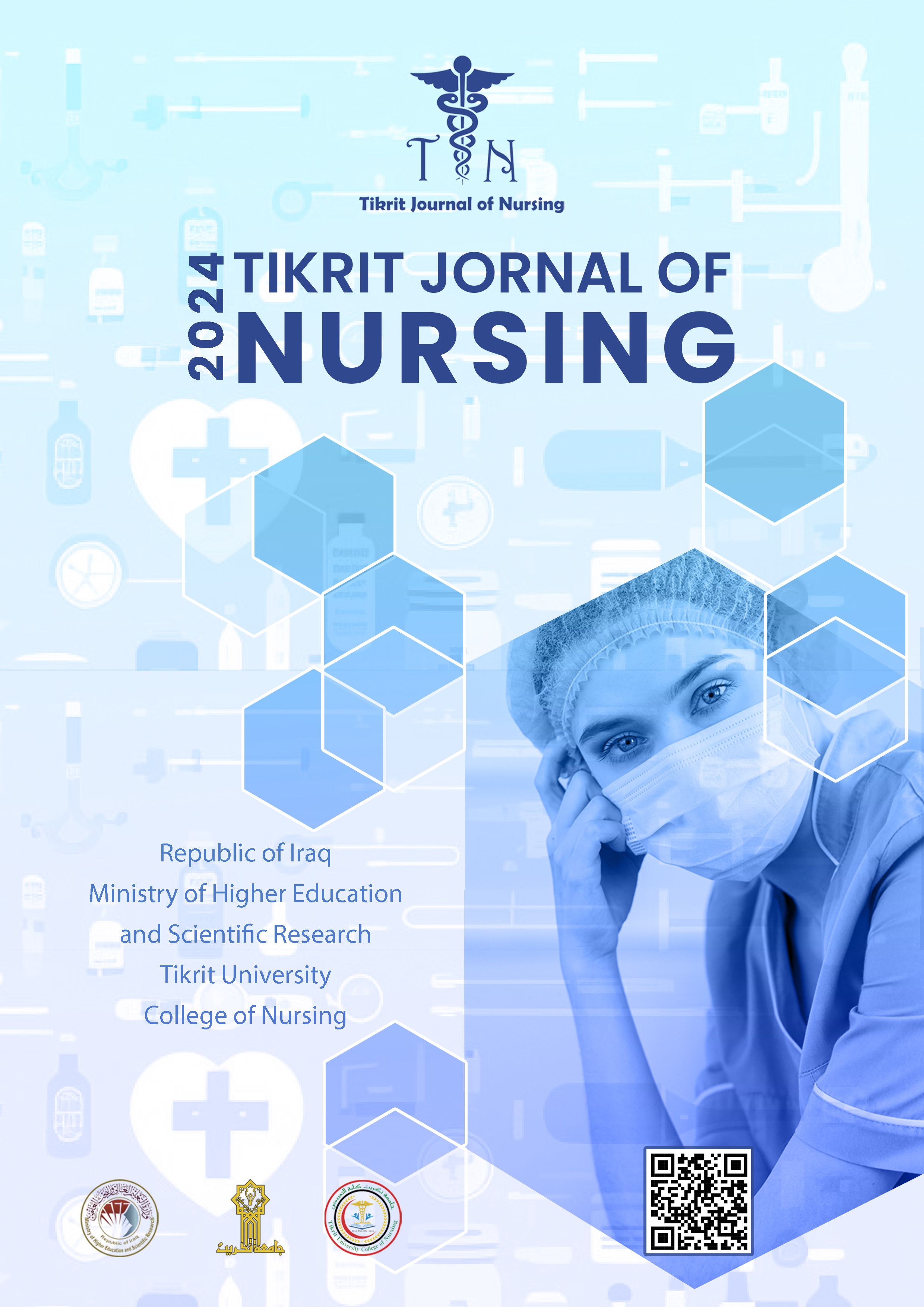
Plagiarism Policy
Plagiarism is treated with utmost seriousness by this journal. To ensure the authenticity and originality of the manuscripts, the journal employs the Turnitin Similarity detection application to thoroughly check each submission for possible instances of plagiarism. The plagiarism check is conducted as the initial step in the manuscript review process. If a manuscript is found to exhibit an undesirable level of similarity with previously published works, it will be promptly rejected.
Authors are expected to submit only their original work for consideration. In cases where content overlap is identified, further investigation is conducted to determine if plagiarism is involved, in accordance with the publisher's Editorial Policies. The journal maintains a tolerance limit of 20% overall similarity for a manuscript to be eligible for publication.
By enforcing these plagiarism policies, the journal aims to maintain the highest standards of academic integrity and uphold the credibility of the research it publishes.
Types of Plagiarism:
Different types of plagiarism can be identified to distinguish between legitimate representation and unethical practices in scholarly manuscripts. The following key characteristics can help in recognizing Various forms of Plagiarized Content:
1. Reproduction without Acknowledgement: Using other individuals' words, sentences, ideas, or findings as one's own without providing proper attribution.
2. Text recycling or self-plagiarism: Reusing content from a previous publication in a new paper without appropriately citing and acknowledging the original source.
3. Poor paraphrasing: Copying complete paragraphs and making only minor word changes without altering the structure of the original sentences, or changing the sentence structure while retaining the original words.
4. Verbatim copying without quotation marks: Directly copying text from a source without using quotation marks and failing to acknowledge the original author's work.
5. Inadequate paraphrasing despite proper citation: Improperly paraphrasing the original text while citing the source, leading to unintentional plagiarism. Manuscripts that fall between paraphrasing and quoting without meeting the requirements of either are also unacceptable. Authors should either paraphrase properly or quote directly, while always citing the original source.
6. Higher similarity in specific sections: A higher degree of similarity in sections such as the abstract, introduction, materials and methods, and discussion and conclusion can indicate the presence of plagiarized text. Although authors have flexibility in explaining these parts of the manuscript in various ways, certain technical terms and standard procedures may be difficult to rephrase. Consequently, editors must carefully review these sections to make informed decisions.
By identifying and addressing these different types of plagiarism, the journal aims to maintain the integrity and authenticity of published research while upholding ethical standards in scholarly publishing.
Plagiarism in Published Manuscripts:
In cases where published manuscripts are discovered to contain plagiarized content, the journal takes appropriate action by retracting the affected articles from its website. This process involves conducting a thorough investigation and obtaining approval from the Editor-in-Chief of the journal. The aim is to ensure the integrity of the published work and maintain the standards of ethical publishing.
Fabricating and Stating False Information:
In order to uphold the scholarly integrity of every article, MJN has a policy in place to address the fabrication and dissemination of false information. In such cases, the journal will issue post-publication notices to alert readers about the situation. Authors who are found to have submitted manuscripts with false information or have engaged in fabricating supporting data or images will face appropriate sanctions. As a result, their published papers will be retracted from the journal. This policy ensures the accuracy and reliability of the published content while holding authors accountable for their actions.
